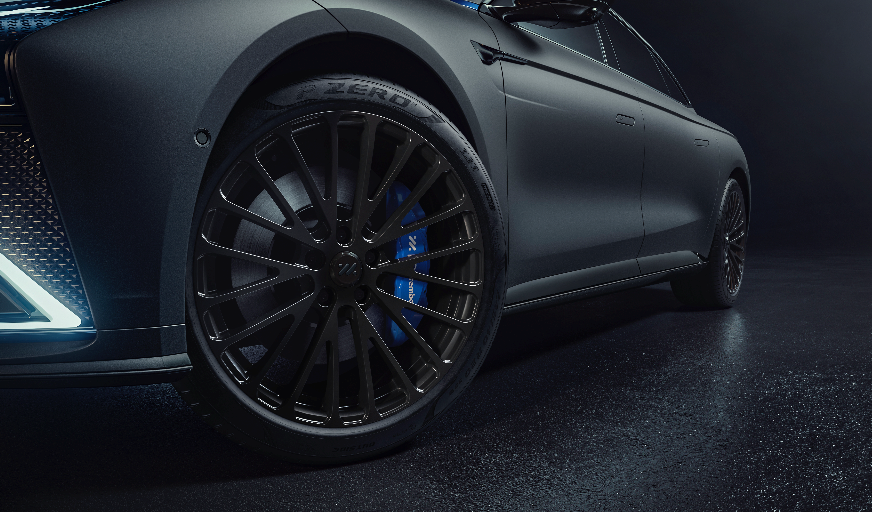Author: Guo Hehe
New energy vehicles, known as the hope of overtaking in China’s automotive market, aka the harvester of leeks. Before test-driving the IM L7, I also questioned whether it was just another product coming out of a PPT to “harvest leeks.”
Until after test-driving the IM L7, I was amazed at their tuning and persistence in car control, and found that they didn’t want to be the next Tesla in the electric vehicle market, they wanted to be the next BMW.

Recently, my face was once again pushed into their hands, experiencing a loud friction. The IM L7 has launched the Snake Performance high-performance version based on the original version, with a total of two models priced at 4.788 million yuan and 5.788 million yuan respectively.
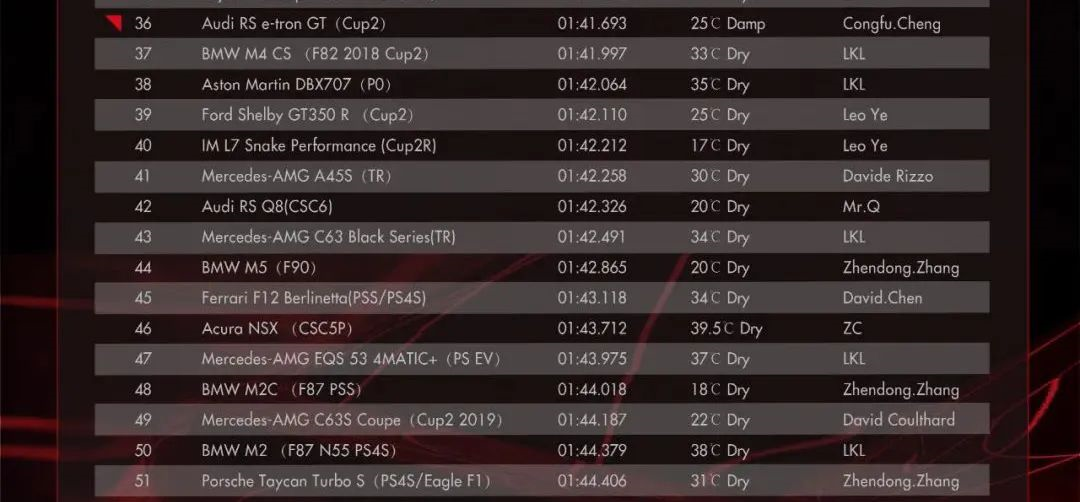
Even before its launch, the IM L7 Snake Performance high-performance version (hereinafter referred to as the IM L7 SP version) defeated the AMG EQS and Porsche Taycan Turbo S, with a 1.7-second advantage over the AMG EQS 53 4MATIC+ record created earlier, which was 1 minute and 43 seconds and 975 laps in the Zhejiang International Circuit, becoming the fastest mass-produced electric car from China (replaced by the Audi RS e-tron GT in the last two days), and the only Chinese brand car among the top 80 brands on the scoreboard of the circuit.“`markdown
Canoo doesn’t want to be the next BMW in the electric vehicle industry. Its goal is to surpass the likes of Mercedes-Benz AMG, BMW M, Audi RS, and even Porsche. It’s even more ambitious as it wants these traditional car manufacturers to follow Canoo’s lead in the electric vehicle field.
The new car was created by Canoo’s high-performance sports department, IM Motorsport, which is similar to BMW’s M and Mercedes-Benz’s AMG departments. They know that there is no faster way to establish themselves in the industry than to directly challenge the standard, and thus the Canoo L7 SP version was born.
In terms of price, the Canoo L7 SP version is about 100,000 yuan more expensive than the regular version. What can we get for the price of almost ten top-of-the-line iPhones?
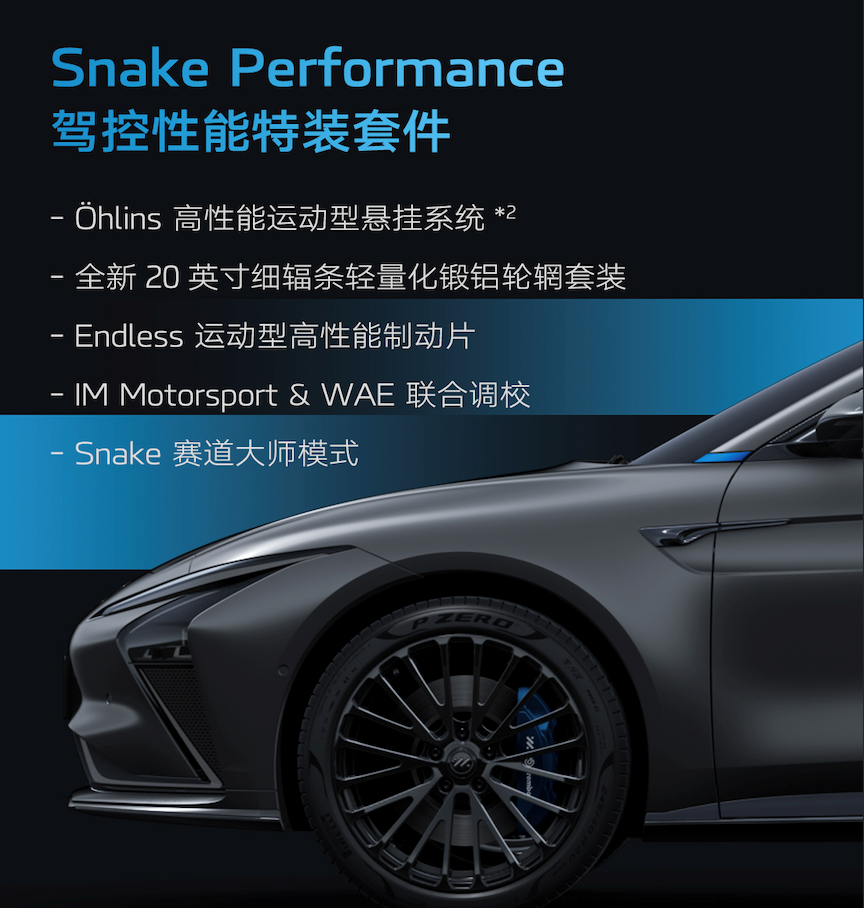
“`The saying goes that a child can’t be too poor, nor can a performance car be too weak in power. For a car model that focuses on handling performance, power is its foundation. The smart Ji L7 SP version has further upgraded its power performance. According to the data, the smart Ji L7 SP version has increased its maximum power to 445kW by strengthening the motor cooling system, exceeding 600 horsepower, which is 20kW higher than the normal version. The torque has also been increased from the original exaggerated 725N·m to 730N·m. The official acceleration time per 100 kilometers for the SP version has not been announced, but for reference, the normal version has an acceleration time per 100 kilometers of 3.87 seconds. The SP version has enough strength to compete with the vast majority of performance cars in terms of straight-line acceleration.
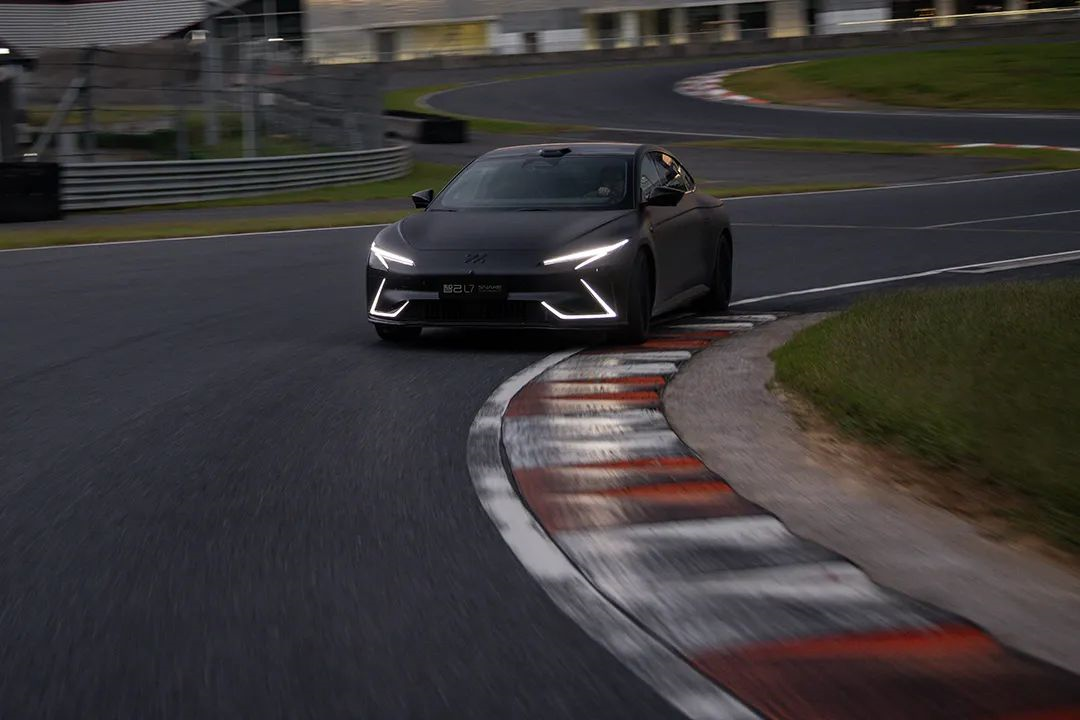
Perhaps the buyers of this car do not have the patience or even the need to understand the detailed data behind it, but subjective feelings cannot be deceived. Power is the magic potion that best arouses the desire to drive deep down in ordinary people’s hearts.
A car that runs fast must have good power, but a car with strong power may not necessarily be fast. It is said that “straight roads make a car run fast, but winding roads make a car die.” Automotive tuning is like the balance of yin and yang in Chinese Tai Chi, with power as the yang and the chassis as the yin.
The chassis of the smart Ji L7 normal version adopts a double-wishbone front suspension with a double-ball joint design and a multi-link rear suspension with an all-ball head structure. The weight distribution can reach a perfect ratio of 50:50 front and back. The SP version replaces it with Öhlins shock absorbers on this basis. Not only can the car body height be effectively reduced, but the suspension damping is also increased by 20-50% compared to the normal version. The overall lateral stability during cornering is increased to 1.19G, further improving the stability of the vehicle under extreme handling.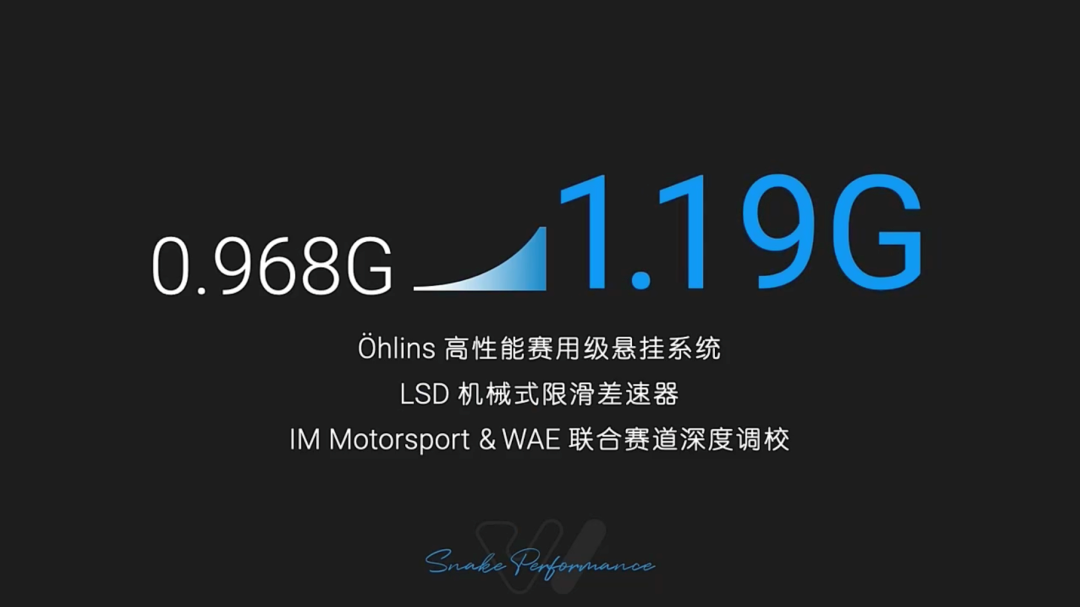
However, the chassis of an electric vehicle is often more complex than that of a gasoline-powered car, and the location and layout of the battery is a challenge that engineers must overcome. The IM L7 uses the industry’s first mass-produced horizontal battery cell solution, which lays flat and stacks vertically-arranged battery cells, greatly improving design freedom in the Z-axis direction. The horizontal spray of the battery cell explosion-proof valve also relieves the protective pressure on the upper cover, ultimately controlling the battery’s thickness to 125mm. Compared to the square-shaped batteries commonly found on the market, this achieves a lower center of gravity for the vehicle body. The SP version lowers the center of gravity by another 45mm based on the standard version, ultimately reaching an ultra-low center of gravity of 445mm for the entire vehicle, which is the same level as a typical supercar.
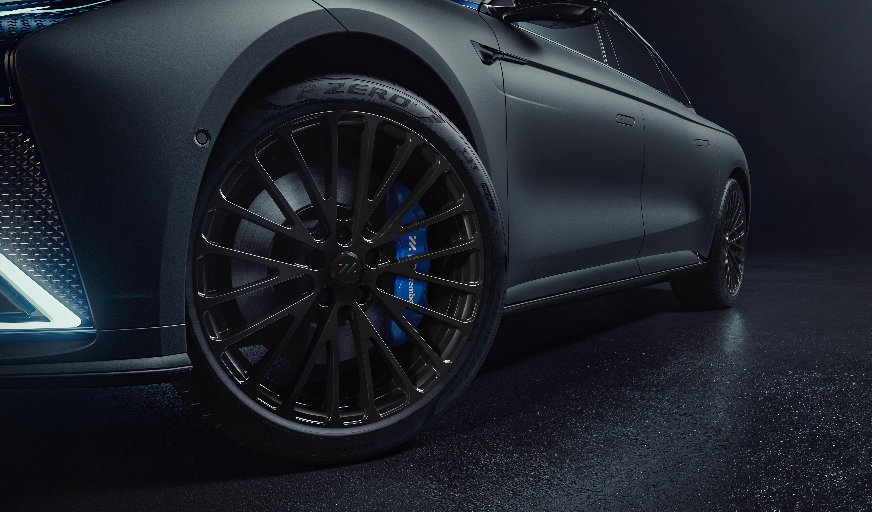
Compared to the upgrades in power and chassis, the upgrades in the appearance of the IM L7 SP version are actually not too many. The main changes are the addition of some distinguishing elements, such as logo and letter plates being replaced with high-gloss black chrome, and calipers having exclusive blue color matching. The sports rear wing and smoked front and rear light films have been added, and the most significant change is the use of matte paint. In my opinion, the standard version looks more luxurious.
The top-of-the-line version comes with more “exterior kits” than the entry-level version. For example, the calipers are replaced with black color, and Snake elements are added to the A-pillar, dashboard, welcome pedals, logo wheel center cap, and more.
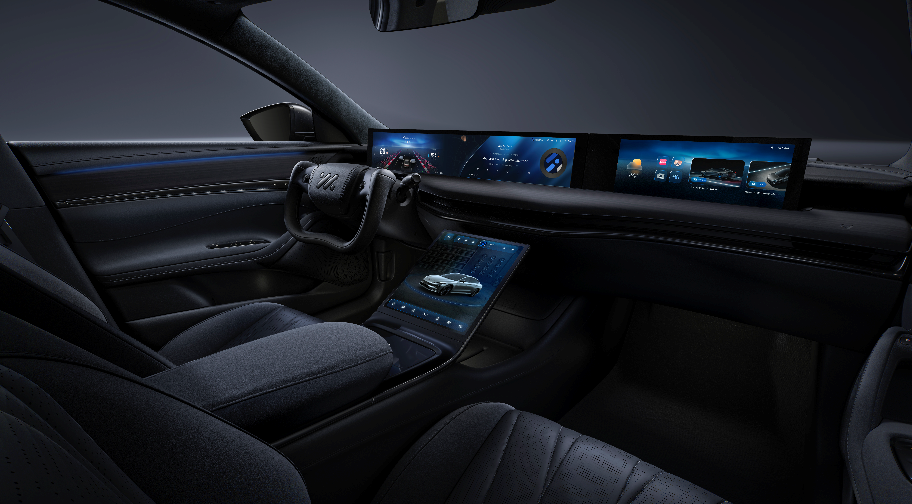 The biggest highlight of the interior is the half-steering wheel, which is the same as that of Tesla. It works perfectly fine on the racetrack, but its convenience in everyday low-speed driving is affected by the lack of variable steering ratio.
The biggest highlight of the interior is the half-steering wheel, which is the same as that of Tesla. It works perfectly fine on the racetrack, but its convenience in everyday low-speed driving is affected by the lack of variable steering ratio.

In terms of configuration, the top-of-the-line version is priced a full 100,000 yuan higher than the entry-level version. Let’s first take a look at the standard features of the two cars: Öhlins high-performance racing suspension system, Endless racing brake pads from the Japanese hall-level brake brand, 20-inch lightweight forged wheels (each wheel can be reduced by 4.8 kg), electronic four-wheel drive, and rear-wheel steering are all standard.
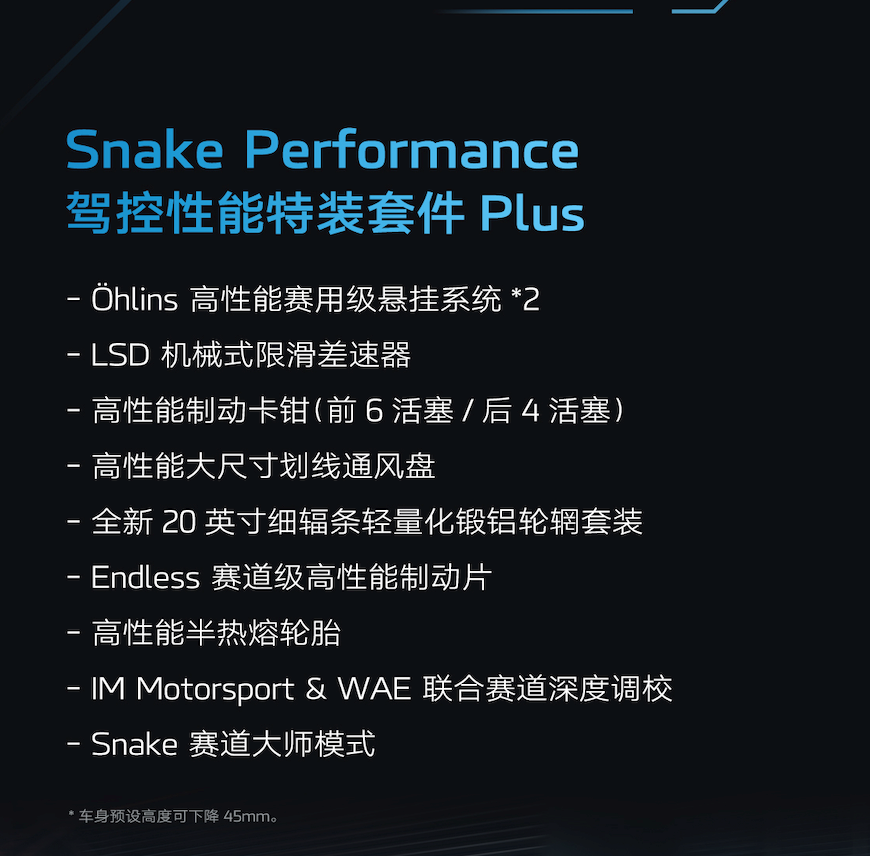
On top of this, the top-of-the-line model has larger lined ventilated discs, front six and rear four-piston Brembo brake calipers, mechanical LSD limited-slip differential, and Michelin CUP2 R high-performance semi-heat-dissipating tires with a front tire width of 255mm and a rear tire width of 305mm.
 Except for the electronic four-wheel drive and rear-wheel steering, all mentioned above are the top-level modified parts in the modification industry. The total value of the additional upgrades in the top-level configuration exceeds 100,000 yuan. Moreover, the rear-wheel steering system of IM L7 SP performance version has been re-calibrated, which can achieve reverse deviation at a speed below 100 km/h. This black technology is already very stunning in the ordinary version. However, due to the fact that the rear wheels will turn in the same direction as the front wheels at high speeds, the ordinary version of L7 sometimes produces understeer during intense driving on the track. Finally, the SP version has upgraded this issue.
Except for the electronic four-wheel drive and rear-wheel steering, all mentioned above are the top-level modified parts in the modification industry. The total value of the additional upgrades in the top-level configuration exceeds 100,000 yuan. Moreover, the rear-wheel steering system of IM L7 SP performance version has been re-calibrated, which can achieve reverse deviation at a speed below 100 km/h. This black technology is already very stunning in the ordinary version. However, due to the fact that the rear wheels will turn in the same direction as the front wheels at high speeds, the ordinary version of L7 sometimes produces understeer during intense driving on the track. Finally, the SP version has upgraded this issue.
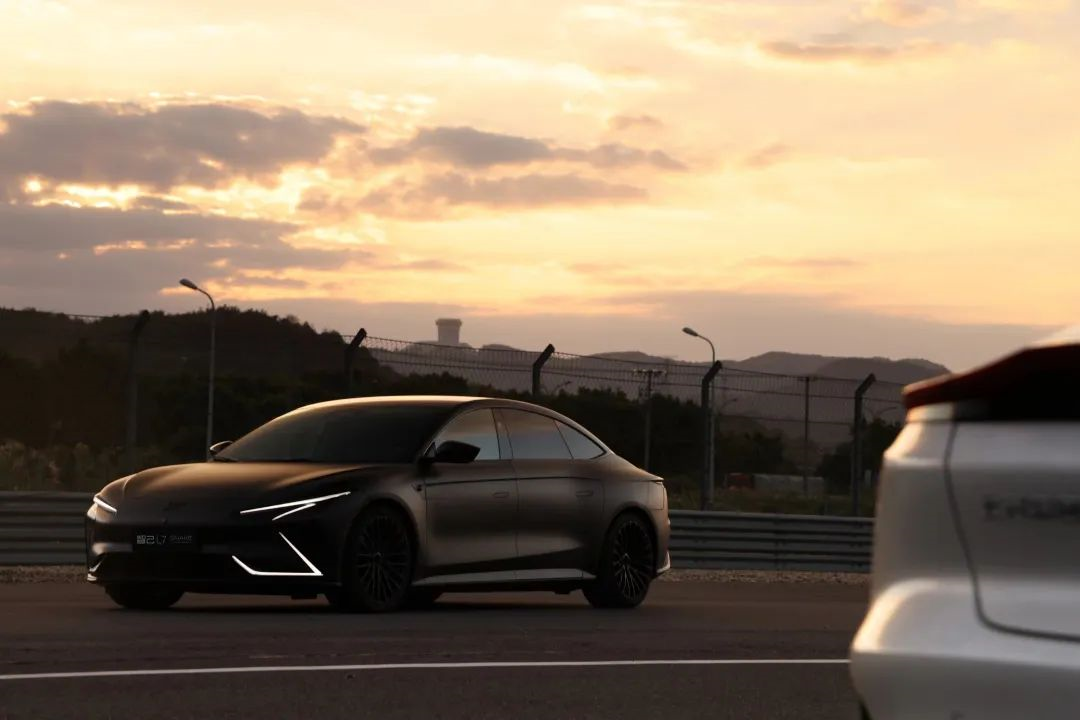
By the way, purchasing the IM L7 SP performance version provides customers with exclusive rights: the IM Motorsport high-performance sports department customizes professional advanced training courses-IM GO advanced track driving training camp. Considering that the price of this car is only half or even less than some traditional high-performance beasts, the experience it provides is not inferior at all. It has a taste of buying an M5 with the price of a 5-series.
Perhaps, high sales volume is not the main purpose of this car. All excellent car brands in the world have performance models, which are not high-volume models, but they are essential for car enthusiasts. They are like a totem, representing the extreme level of a brand’s car-making process and showcasing their technology. IM L7 SP version is such an existence. I just don’t understand why, if there is no plan for high sales volume, instead of offering two levels of configurations, why not just offer the top-level configuration to better effect?
This article is a translation by ChatGPT of a Chinese report from 42HOW. If you have any questions about it, please email bd@42how.com.
